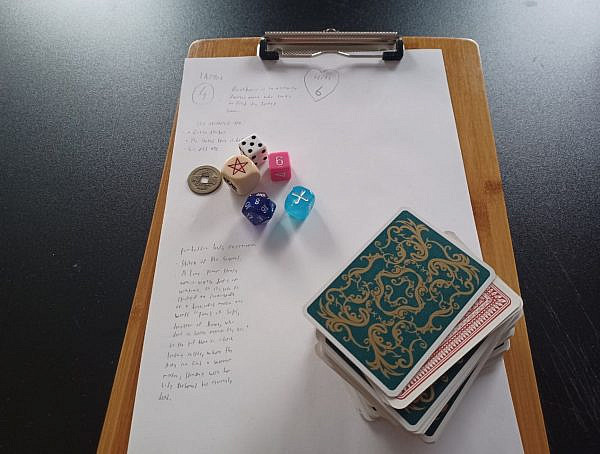When confronted by students seeking answers to why, how, and for what purpose game analysis should be done, Michał Kłosiński, in collaboration with students, developed an interpretative framework for game analysis. This framework evolved into a ten-point hermeneutic guide with references and a bibliography, emphasizing a series of questions rather than a formalized methodical structure. While not a rigid process, the framework aids in identifying material for analysis.
The article responds to how game studies have received works that offer an interpretation process specifically designed for digital games. Digital games pose unique challenges with their customizable, interactive, and rule-based characteristics. Kłosiński highlights the two traditions in game interpretation: the classical, which views games as textual objects, and the philosophical, which explores the phenomenology of the process.
Furthermore, the guide aims to assist the interpretation rather than generate a framework for the interpretation itself. This assistance is manifested through a 10-step guide based on three interpretative tasks: generating questions, identifying theoretical frameworks, and formulating hypotheses. Here is a condensed summary of the guide:
- Gameplay:
The process begins with active engagement during gameplay, involving note-taking, capturing screenshots, and maintaining a gameplay journal. The focus is on conscious and unconscious processes of perception and understanding.
- Distanciation:
After gameplay, the analyst steps back to objectify the game as a cultural text. This involves consulting external sources, such as videos of playthroughs, blogs, analyses, and reviews, and comparing the interpretations.
- Confronting prejudice:
Prejudices are acknowledged as inherent but should be confronted by formulating simplistic statements. The aim is to turn initial judgments into testable hypotheses and avoid harmful assumptions.
- Summary:
Summarizing includes combining information such as genre, studio, business model, and context of production, among other technical details. The idea behind this is to refine interpretative statements and contextualize the game within the broader cultural landscape.
- Problematization:
At this point, one should already know what is interesting about the game, what elements are worth unpacking, and what problems are evoked.
- Reconstruction:
The reconstruction process involves gaining insight into different game mechanics and procedures to understand how they function individually and together in the complex system of the game. This involves identifying symbols, metaphors, narrative structures, and possible social-political elements for instance.
- Suspicion:
Analysts are encouraged to formulate suspicions about hidden meanings, ideologies, and potential agendas within the game. This critical approach involves looking beyond representations and questioning implicit structures.
- Theorical coupling:
This section emphasizes the necessity of employing theoretical frameworks in the interpretation process, given the impossibility of analyzing every aspect of a game on a single paper. The selection of theories is discussed as a tool to limit descriptive systems and provide a framework for interpretation. Theories should be chosen based on their relevance to the problems identified during earlier stages.
- Existential inquiry:
This step involves reflecting on the transformative impact of the game on the analyst’s subjectivity, existence, and identity.
- Testing interpretative hypotheses:
The final stage involves testing interpretative hypotheses by presenting them to a specialized community. Compare and contrast the hypotheses with different hypotheses you might have found.
Finally, Kłosiński emphasizes the flexibility of use for the guide, allowing analysts to skip parts, repeat steps, or combine them based on the specific needs of the interpretative process. It also acknowledges that the guide is not a directive on how to write an interpretation but rather a tool for preparation. Kłosiński invites criticism and reworking of the guide, recognizing the complexity of hermeneutics and its diverse intersections with various disciplines within game studies.
If you’re interested in exploring the detailed steps, along with questions and examples provided by Kłosiński, the original article can be found at Games Journal.
Kłosiński, M. (2022). “How to Interpret Digital Games? A Hermeneutic Guide in Ten Points, With References and Bibliography”. Game Studies 22 (2).
Game explorer with a heart split between platformers (videogames) and eurogames (boardgames). Outside gaming, parenting is just another level of strategy.
You might also like
More from Game Research Highlights
How do you want to do this? – A look into the therapeutic uses of role-playing games
Can playing RPGs contribute positively to your wellbeing? A recent study aims to find out how RPGs are being used …
Eldritch horrors and tentacles – Defining what “Lovecraftian” is in games
H.P. Lovecrafts legacy lives today in the shared world of Cthulhu Mythos and its iconic monsters. Prema Arasu defines the …
Positive Impacts of Game Jams: Finding Hope By Making Games
Game jams are a fun way to develop games as a hobby, but maybe there could be serious positive impacts …















